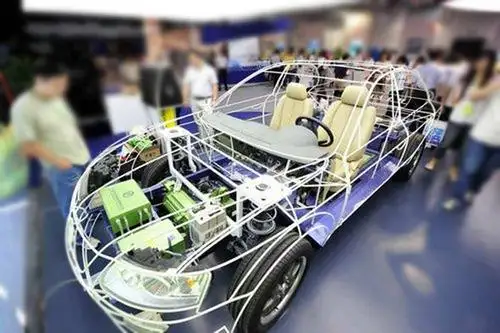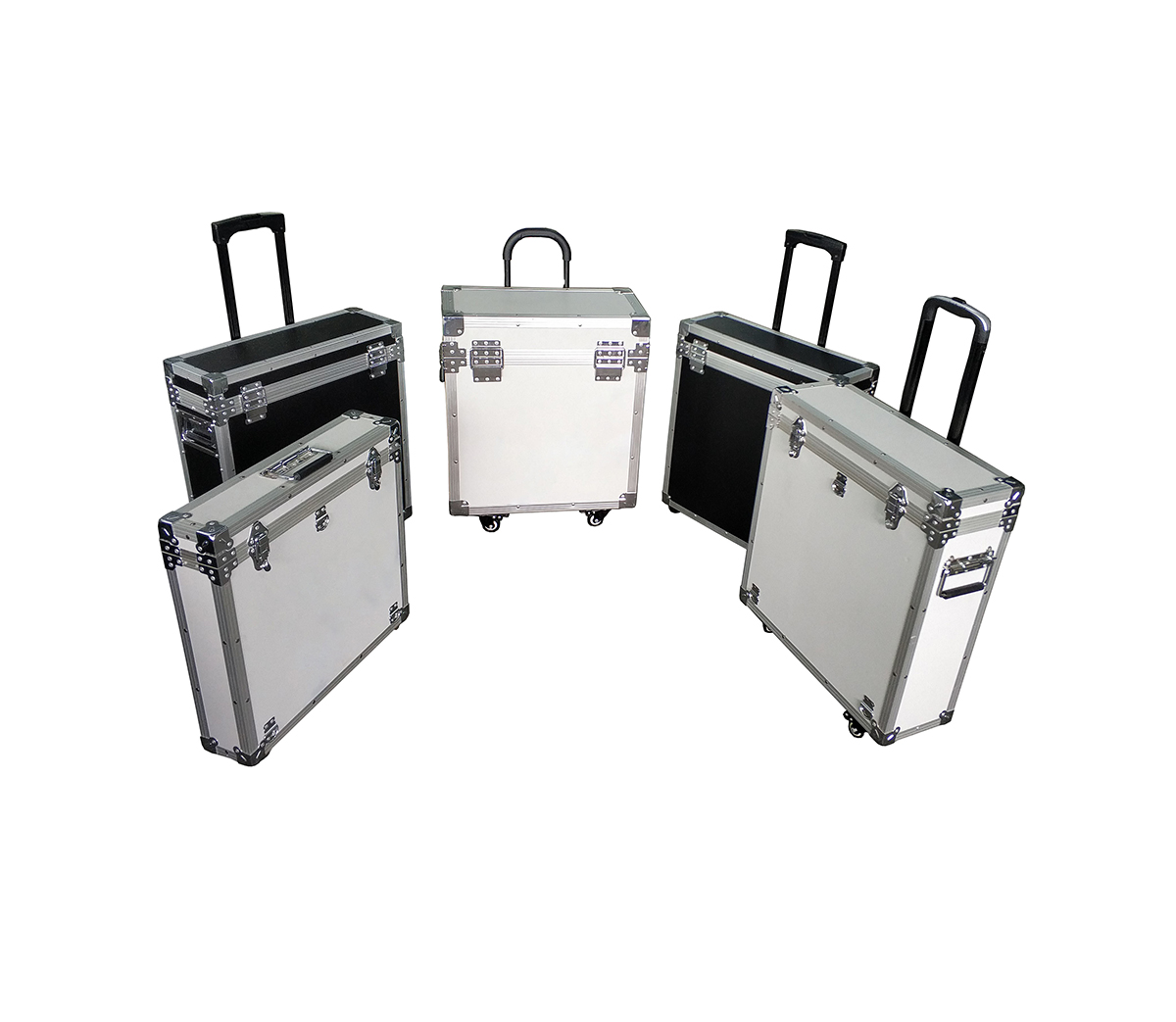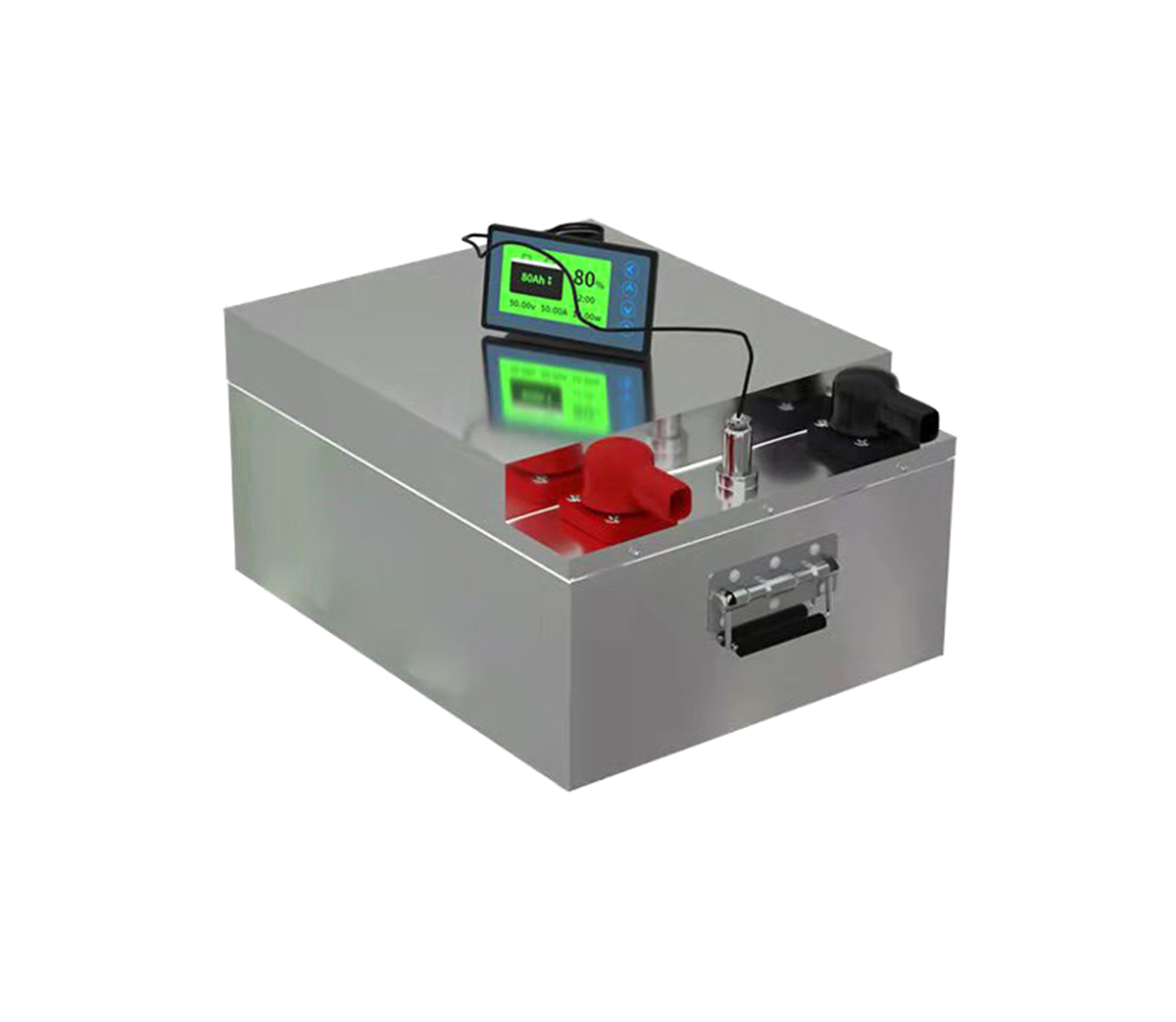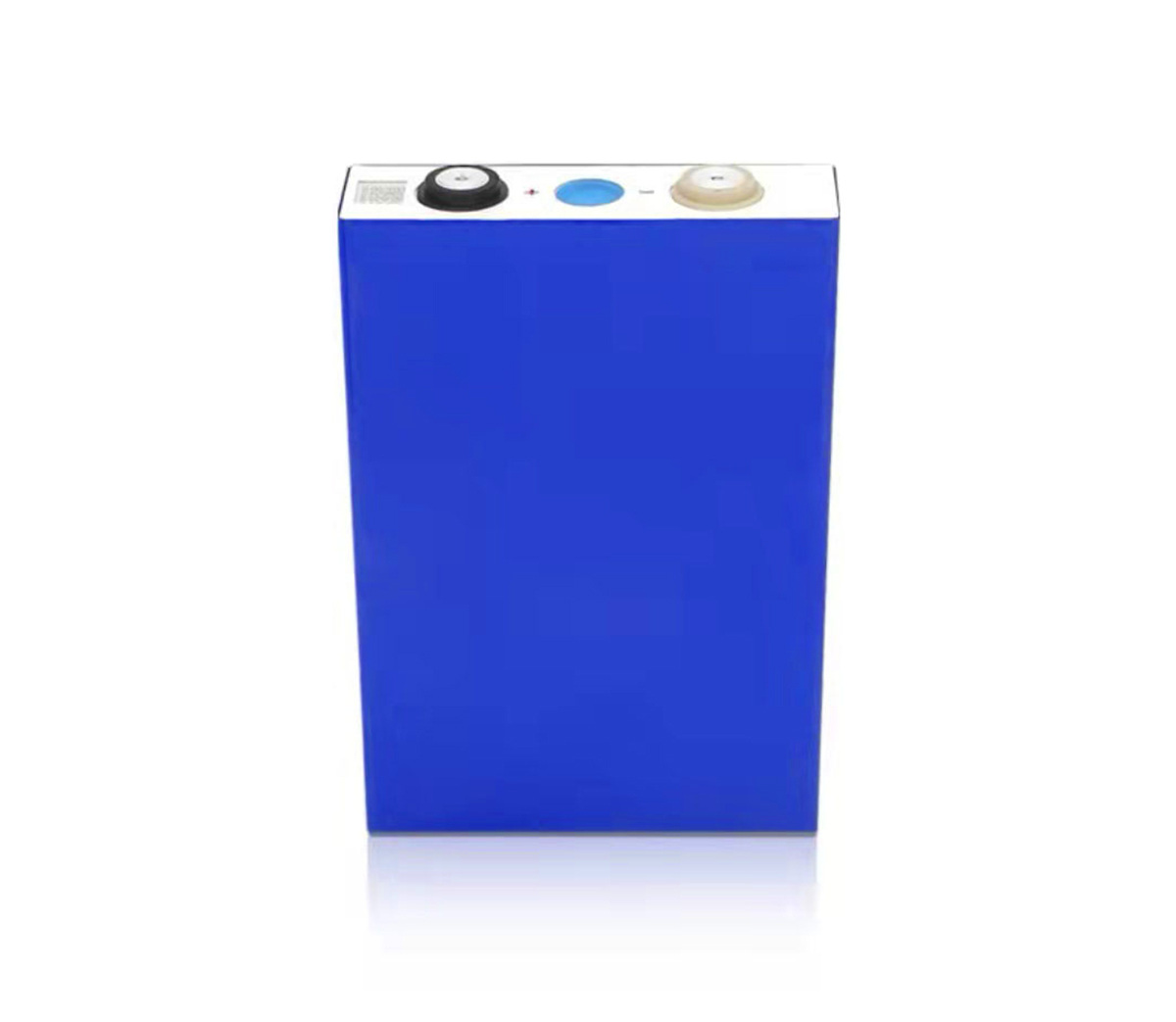The power battery industry has entered the prelude stage of the global
war
Chinese power battery manufacturers have more and more voice in the global
market. SES Power is a manufacturer that develops and manufactures customized
lithium-ion batteries. We have nearly 20 years of industry experience. We are
very familiar with automotive-grade power batteries, and a considerable number
of products use power cells. In our opinion, the power battery industry has
entered the prelude stage of the global war.

On May 2, statistics from South Korean market research agency SNE Research
showed that in the first quarter of 2022, the global installed capacity of power
batteries was 95.1 GWh, nearly doubling from the same period in 2020. Among
them, CATL's loading volume reached 33.3 GWh, a year-on-year increase of 137.7%,
and its market share was as high as 35.0%.
As of 2021, CATL has been the world's largest power battery manufacturer
for five consecutive years. The power battery manufacturers from China not only
have excellent performance in CATL, but other Chinese battery manufacturers have
very good performance: in the top ten global power battery installations,
Chinese power battery manufacturers occupy six seats, and the installed capacity
The year-on-year growth rates all exceeded 100%, namely CATL (35.0%), BYD
(11.1%), China Innovation Aviation (4.4%), Gotion Hi-Tech (2.7%), Honeycomb
Energy (1.3%) and Eve Lithium (1.3%). 1.2%).
It is worth mentioning that the top ten power battery manufacturers have a
market share of 91.8%, while Chinese power battery manufacturers account for
55.7%. In contrast, South Korean power battery manufacturers LG New Energy, SK
On and Samsung SDI have a market share of 26.3%, down from the same period in
2021, and Japanese power battery manufacturer Panasonic has a market share of
only 9.9%, less than 10%. %.
Since 2016, China's lithium battery production advantages have continued to
expand. In 2021, China will export a total of 3.428 billion lithium batteries, a
year-on-year increase of 54.34%, and the export value will expand to US$28.428
billion, a year-on-year increase of 78.34%.
Lithium batteries exported from China can be roughly divided into consumer
batteries and power batteries. In terms of power batteries, European and
American new energy vehicle manufacturers are increasingly inclined to purchase
power batteries from China.
Taking CATL as an example, according to the 2021 financial report, CATL's
business in overseas markets has achieved rapid growth. Its overseas market
business revenue is 27.87 billion yuan (RMB), an increase of 2.5 times
year-on-year, and the proportion of total revenue in the same period in 2021.
15.71% increased to 221.38%, and the gross profit margin of overseas market
business was 30.48%, which was higher than that of China market business.
Among them, Tesla, as CATL's largest customer, contributed as much as 13.04
billion yuan in revenue, accounting for about 14% of the power battery business
revenue. Up to now, Tesla and CATL have signed two cooperation agreements, one
in February 2020, with a supply period from July 1, 2020 to June 30, 2022; the
other in June 2021, the two sides The supply period of the signed agreement is
from January 2022 to December 2025.
In April 2022, it was reported that CATL was considering spending $5
billion to build a power battery factory with an annual capacity of 800GWh in
North America to supply customers including Tesla. The move is believed to be
CATL's intention to support Tesla's US factory nearby, and to build a factory in
the United States to avoid high trade tariffs.
It is not only CATL that has gone to the United States to invest and build
factories. As CATL's biggest competitor, LG New Energy announced on March 24
that it plans to invest about US$1.4 billion to build a second wholly-owned
power battery factory in Arizona, USA, with a planned annual production capacity
of 11GWh, which will be completed in 2024. Started production in half a
year.
At the same time, LG New Energy also announced another expansion plan in
the North American market. According to the plan, LG New Energy will jointly
invest US$4.1 billion with multinational automaker Stellantis to build a power
battery factory in Windsor, Ontario, Canada, with a planned annual production
capacity of more than 45GWh, which will start production in the first quarter of
2024.
In fact, since CATL built a power battery factory in Thuringia, Germany,
almost all the top ten power battery manufacturers in China's power battery
installations have begun to accelerate their deployment in overseas markets.
Among them, BYD, the world's third largest power battery manufacturer, performed
the most outstandingly. In the first quarter of 2022, BYD's installed vehicle
volume was 10.5GWh, a year-on-year increase of 220.4%. Among the top ten power
battery manufacturers, its year-on-year growth rate ranks first, and its market
share has jumped from 6.7% in the same period in 2021 to 11.1%.
It is worth noting that the current blade batteries produced by BYD are
almost used in its own brand models, and the installed capacity of its power
batteries is almost equal to the delivery of new energy vehicles. In other
words, BYD's new energy vehicle manufacturer alone accounts for more than 10% of
the global market.
In August 2021, it was rumored that BYD will supply blade batteries to
Tesla in the second quarter of 2022, and Tesla models equipped with blade
batteries have entered the C-like testing stage. Two months later, it was
reported that BYD had secured a 10GWh order from Tesla. If the rumors are true,
it means that BYD's market share will further increase, and it is even expected
to surpass LG New Energy, the world's second largest power battery
manufacturer.
In April 2022, it was reported that BYD's first overseas factory will land
in Thailand, and it will join hands with Thailand's Siam Automobile Group to
jointly build a new platform for mutual benefit and win-win cooperation in
Thailand's new energy industry. The factory is expected to start in June, and
the first planned production model is the BYD Dolphin.
As a partner of many famous battery manufacturers, SES Power has adopted
EVE, CATL, BYD square aluminum shell lithium iron phosphate batteries for
off-grid, grid-connected, off-grid small and medium-sized energy storage
systems, such as 12V100Ah, 24V100Ah, 36V100Ah, 48V100Ah, 60V100Ah, home energy
storage 3KW, 5KW system, rack-mounted energy storage system and other products,
using standard RS485, CAN and other communication protocols, also support remote
monitoring and operation, and increase in the new generation of systems AI
intelligent analysis and cloud storage. We believe that the establishment of
BYD's factory in Thailand will have a significant impact on its overseas market
layout. On the one hand, using Thailand as a fulcrum will help radiate the
entire Southeast Asian market and the Australian market; on the other hand, the
increase in new energy vehicle production capacity will also drive power
batteries. Increase in market share.
In addition, Honeycomb Energy announced that it is deeply developing major
European customers. It has reached a strategic cooperation with a top five new
energy vehicle manufacturer and obtained the designation of many of its key
projects. The cooperation with another international mainstream vehicle
manufacturer is also progressing steadily. ; Gotion Hi-Tech stated that it will
be listed on the Swiss Stock Exchange, and the funds raised will be used for
international industrial layout, accelerating the pace of internationalization
strategy and global competitiveness.
Chinese power battery manufacturers occupy six of the top ten global power
battery installations, and their confidence comes from the research and
development and accumulation of battery technology. On March 26, CATL launched
the third-generation CTP technology (Cell to Pack, battery-free module assembly)
and CTC technology (Cell To Chassis, battery-chassis integration) through
continuous technological iteration. In addition, CATL also proposed to integrate
the battery cell with the body, chassis, electric drive, thermal management and
various high and low voltage control modules, so that the vehicle's driving
range can exceed 1,000 kilometers, and through the intelligent power domain
controller, the power is optimized. Allocate and reduce energy consumption,
reducing power consumption per 100 kilometers to less than 12kWh.
In March 2020, BYD officially released the blade battery. Through a series
of structural innovations, the blade battery has greatly improved the safety
performance while increasing the cruising range, the volume utilization rate has
increased by more than 50%, and the cost has been reduced by 30%.
There are also some new battery technologies worth looking forward to, such
as a hybrid solid-liquid electrolyte battery with a battery pack capacity of
150kWh and a single energy density of 360Wh/kg. The hybrid solid-liquid battery
is expected to start mass production by the end of the year or the first half of
next year. In fact, the final form of hybrid solid-liquid electrolyte battery
solid-state batteries is generally optimistic. The solid-state battery has
almost no consumption of lithium ions in the process of charging and
discharging, which can keep the capacity of the battery stable for a long time,
which will greatly improve the cycle life.
Some people believe that solid-state batteries will become the ultimate
form of new energy vehicle power batteries, and also an important watershed and
technical commanding height in the power battery industry. In addition, CATL
also launched a program to find an alternative to lithium-ion batteries at the
same time: sodium-ion batteries. The energy density of the sodium-ion battery
cell has reached 160Wh/kg, and the power can reach 80% after 15 minutes of
charging at room temperature. Even in a low temperature environment of -20 °C,
it still has a discharge retention rate of more than 90%.
It is foreseeable that Chinese power battery manufacturers will fully
deploy the global market on the basis of the previous ones, and the pace will be
faster and faster. SES Power believes that the growth rate of market demand will
lag behind the supply rate of manufacturers in the next few years, and a global
power battery reshuffle battle is inevitable.



































